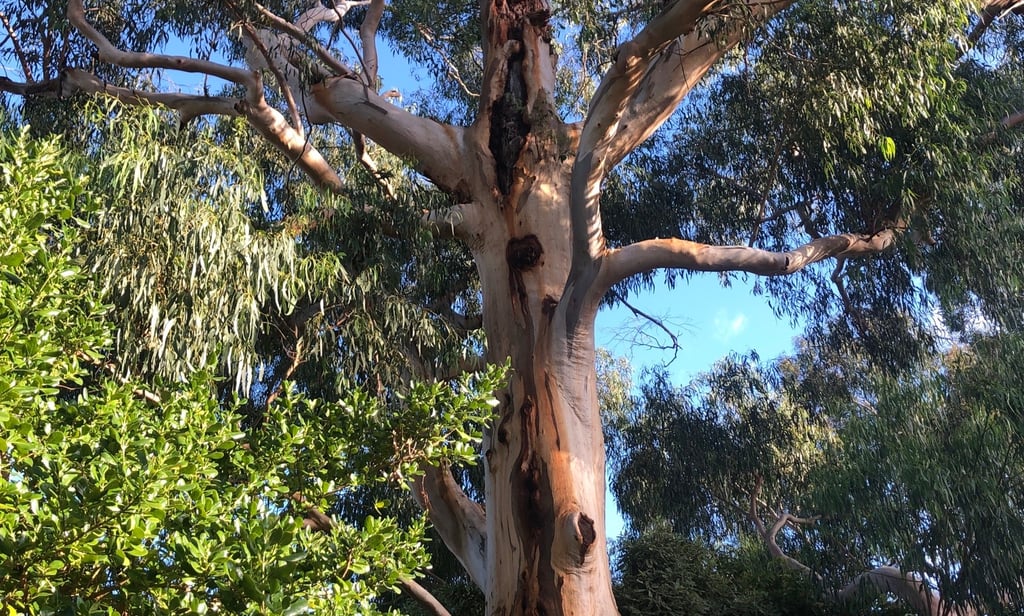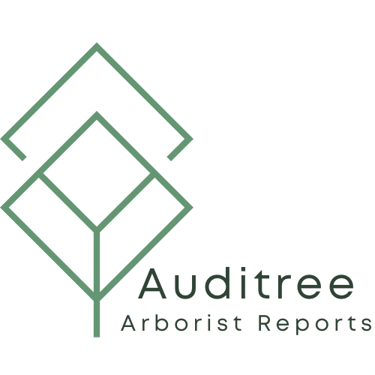The Difference Between a Practical Arborist and a Consulting Arborist
Discover the difference between practical and consulting arborists. Learn about tree removal, pruning, arborist reports & independent tree advice.
12/7/20242 min read


When it comes to tree care, the terms "practical arborist" and "consulting arborist" are often used interchangeably, but they refer to distinct roles within the arboriculture industry. Both play crucial parts in managing and maintaining trees, yet their focus and expertise differ. Understanding these differences can help you choose the right professional for your needs, whether it’s tree removal, tree pruning, tree lopping, or obtaining an arborist report.
What is a Practical Arborist?
A practical arborist, often referred to as a climbing or operational arborist, specialises in hands-on tree care and maintenance. These are the professionals you see working on-site, equipped with chainsaws, ropes, and harnesses. Their work involves physical tasks such as:
Tree removal: Safely dismantling trees that pose risks or are no longer viable.
Tree pruning: Shaping or cutting back branches to enhance tree health and appearance.
Tree lopping: Although outdated, some still use this term for extensive pruning or branch removal.
Practical arborists ensure trees are managed in a safe, effective manner, addressing immediate concerns like overhanging branches or hazardous trees. Their focus is on execution, and they are often employed by tree service companies to carry out the recommendations of consulting arborists.
What is a Consulting Arborist?
A consulting arborist provides expert, independent advice on tree health, safety, and management. Unlike practical arborists, consulting arborists typically don’t perform physical tree work. Instead, they offer services like:
Arborist reports: Detailed assessments for development applications, insurance claims, or compliance with local council regulations.
Tree assessments: Evaluations of tree health, structure, and risk.
Advice: Advising on tree protection plans for construction or development projects.
Consulting arborists are impartial experts who help property owners and developers make informed decisions. Their recommendations are based on industry standards, such as Australian Standard AS 4970-2009 for tree protection on development sites. This independence ensures that their advice is unbiased and focused solely on the best outcomes for the trees and the client.
How Do Their Roles Complement Each Other?
Practical and consulting arborists often work together to achieve the best results. For instance:
A consulting arborist might recommend removing a tree due to structural instability, and a practical arborist would carry out the removal safely.
After a tree assessment identifies pruning as a solution, a practical arborist would execute the task following the consulting arborist’s specifications.
This collaboration ensures that tree work is performed not only safely but also in compliance with local regulations and environmental considerations.
Which Arborist Do You Need?
Choosing between a practical and consulting arborist depends on your specific requirements:
Need physical work? A practical arborist is your go-to professional for tasks like tree removal and pruning.
Need advice or compliance documentation? Engage a consulting arborist for arborist reports, tree assessments, or independent guidance.
Whether you’re managing a single tree or an entire property, understanding the distinction between practical and consulting arborists can save time and money while ensuring optimal outcomes. Both are invaluable in their roles, from executing tree care tasks to providing independent advice for tree management.
If you’re in need of expert arborist services, contact a qualified consulting arborist for unbiased guidance or a skilled practical arborist to bring those plans to life. Together, they ensure the health and safety of your trees and the people around them.
© Auditree 2025. All rights reserved.


